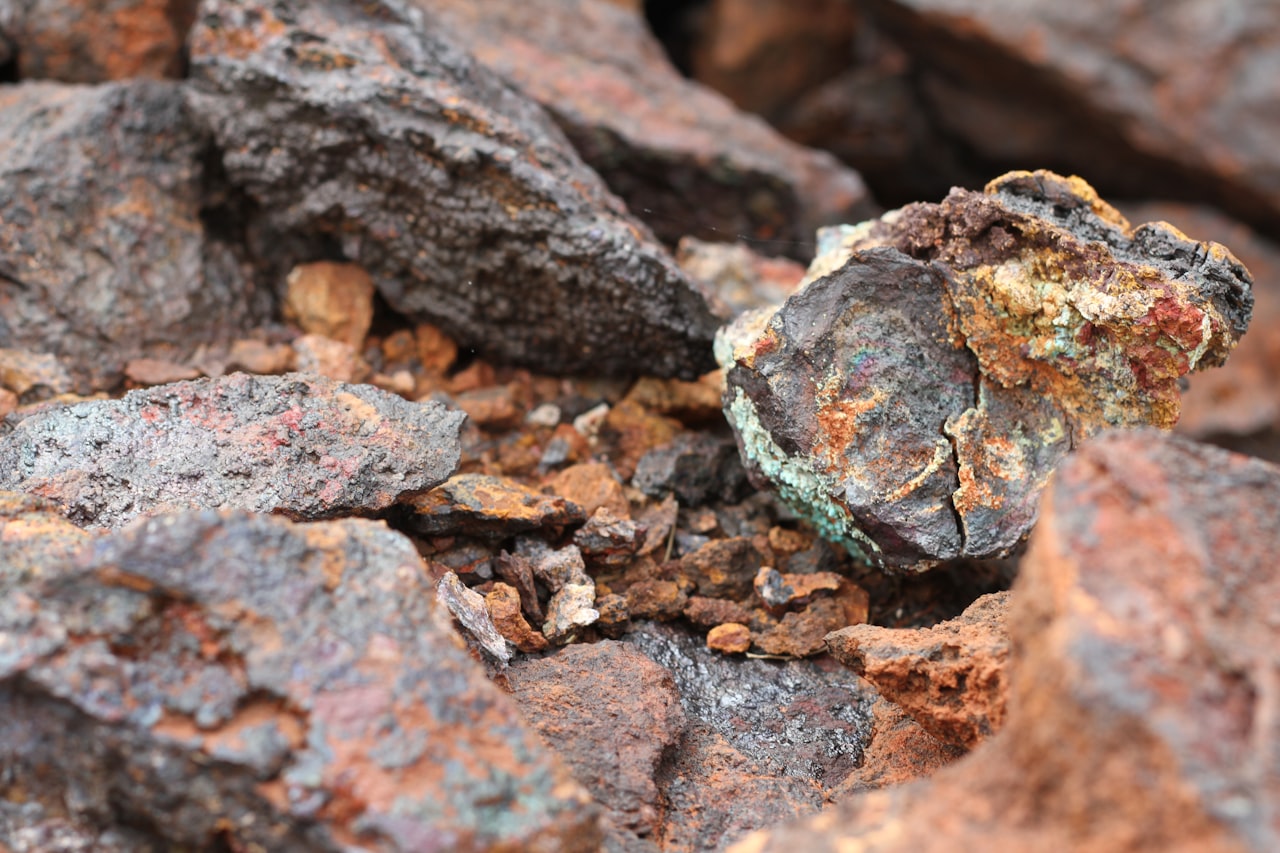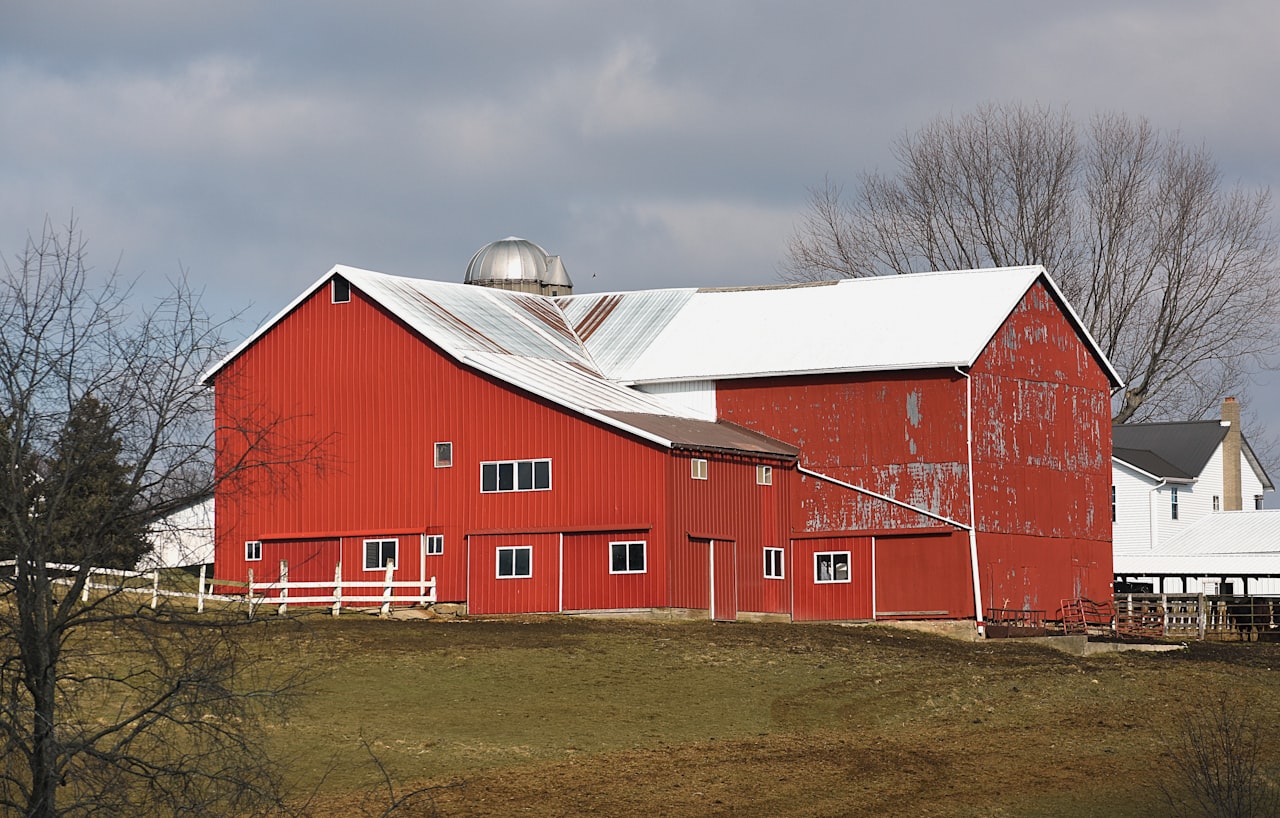Autumn is the perfect time of year to prepare your yard for winter hibernation, and to plant almost anything from bulbs to bushes and trees to winter vegetables. Lower humidity and shorter days mean less energy is needed to fend off plant disease and plant-feeding insects, but also, the warm soil, fewer hours of daylight and cooler temperatures of fall are critical in a plant’s growing cycle in that they trigger the plant to develop stronger, deeper roots and to stop creating new stems and leaves.
Autumn Lawn Maintenance
There are dozens of simple-to-apply fall lawn treatment products on the market. Some of these products, when applied in early fall, encourage the growth of grassroots that may have suffered over the hot summer season and kill stubborn weeds like dandelion and clover. Others, used later in the season, are useful for breaking down organic materials like dead leaves and for feeding the grass to store energy in preparation for spring growth.
Other products contain fall seeding grass and are designed to help fill in bare spots or thicken lawns that, once again, may have been damaged over the summer. Fall, in fact, is the best season of the year to apply seed, because the air is cool but soil still warm, which, once again, encourages healthy root growth.
Weeds, too, go through growing cycles, although just a few cold season varieties continue to germinate into the fall. Plants benefit with fewer weeds in their midst since they don’t have to compete for soil nutrients and water. Weed killer applied to a lawn in the fall will travel more directly to the weeds’ roots, killing them effectively underground. A layer of mulch, too – a couple of inches in shady areas, but 3-4 around trees and other plants – is very efficient at discouraging weed growth.
The Right Time to Plant a Tree or a Shrub
The ideal combination of cooler temperatures, shorter days and warm soil is ideal for planting evergreens or deciduous trees and bushes in the fall, too. Spring-blooming perennial shrubs – those that will grow for more than one season – are also ideally planted in autumn, at least six weeks before the first frost is likely to occur. A newly planted tree or shrub will have an easier time developing strong roots in preparation for winter hibernation with fewer insects, weeds and damaging heat to contend with.
A tree’s roots will continue to strengthen and grow until the temperature of the soil drops below 40F degrees. It is always important to make sure the tree is planted in a location with good drainage, that it receives proper watering and that the soil around the plant is covered with a substantial layer of mulch. The mulch should entirely cover the ground surrounding the tree trunk but not get piled up directly against it in order to prevent a damaging condition called root rot.
Bulbs and Wildflowers
Fall is also the ideal time for planting flower bulbs – daffodils, tulips, crocus, lilies and more – ahead of the cooler winter months. By planting in autumn, strong roots are formed, and the bulbs are able to experience a “cold period” – a necessary part of their growing process – which will ensure they actually flower. Bulbs should be planted in October or November in areas of full sunlight and insulated with a layer of mulch.
Wildflowers, too, which release their seeds in the fall, are able to germinate in time for spring growth as they are spread in the autumn by animals or by the wind. Planting wildflower seeds is most successful in an area that receives at least 6 hours of sunlight where they are not crowded by other plants, are not overly watered and are not covered with too much soil, if any at all. In our warm climate of North Carolina, planting should take place at least 60 days prior to the first frost.
Vegetables
Vegetables that prefer cooler weather for growing – broccoli, kale and romaine lettuce, for instance – are typically planted no later than August, but others such as carrots, radishes, leeks, cauliflower, green peas and all root vegetables do well when planted further into the fall months. Some gardeners protect their winter vegetables against cold snaps by covering them with plastic or insulating blankets, but under typical growing conditions, winter vegetables may easily be grown and cultivated until close to the end of the year.
Herbs such as mint, oregano, sage and thyme that are planted through mid-fall will grow through most of the winter in our region. With full sunlight and well-drained soil – herbs also do well in raised beds – they will come back again year after year.










